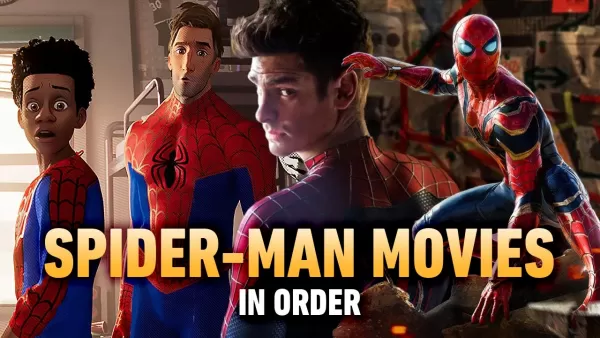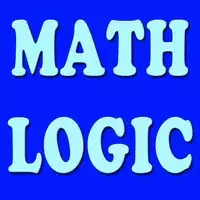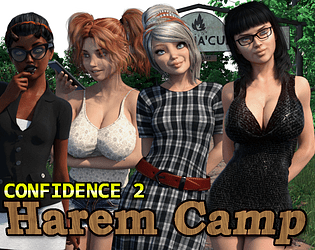The Marvel Cinematic Universe (MCU) has become a powerhouse in entertainment, weaving together films and television shows into one expansive, interconnected narrative. However, the same level of cohesion has not extended to Marvel's video games. Unlike the tightly linked MCU, Marvel’s gaming efforts exist in isolated universes—each title tells its own standalone story. For example, Insomniac’s *Marvel’s Spider-Man* series shares no connection with Eidos-Montreal’s *Marvel's Guardians of the Galaxy*. Likewise, upcoming titles like *Marvel 1943: Rise of Hydra*, *Marvel's Wolverine*, and *Marvel’s Blade* are developed independently, without any shared continuity.
Yet, there was once an ambitious plan at Disney to change this fragmented landscape—a vision for a unified **Marvel Gaming Universe (MGU)** that would mirror the cinematic success of the MCU within the realm of video games. But what happened to this idea? Why didn’t it come to fruition?

The Vision Behind the Marvel Gaming Universe
On an episode of The Fourth Curtain podcast, host Alexander Seropian and guest Alex Irvine revisited the concept of the MGU. Both had been involved in early discussions around the initiative and offered insight into why it never moved beyond the planning stage.
Seropian, a co-founder of Bungie—known for *Halo* and *Destiny*—was previously in charge of Disney’s video game division before departing in 2012. Irvine, meanwhile, is a veteran Marvel game writer, having contributed to major projects such as *Marvel Rivals*.
During the conversation, Irvine recalled how the idea of the MGU was introduced when he first started working on Marvel games.
“When I first started working on Marvel games, there was this idea that they were going to create a Marvel Gaming Universe that would function like the MCU,” Irvine explained. “Unfortunately, it never really materialized.”
Why the MGU Never Got Off the Ground
Seropian confirmed that the MGU was his personal initiative while at Disney, but despite the creative enthusiasm behind it, the project failed to secure internal funding.
“That was my initiative at Disney—‘Let’s tie these games together.’ This was even before the MCU fully took off, but it just didn’t get funded,” Seropian said.
Irvine, who previously worked on immersive storytelling through alternate reality games (ARGs), including *I Love Bees* for *Halo 2*, elaborated on how the MGU could have functioned:
“We had so many great ideas about how to do it. I was thinking along ARG lines—wouldn’t it be cool if players could access a central hub that all the games connected to? We could move players between titles, link in comics, integrate original content, and build a living universe. But in the end, we just ended up making separate games.”
Challenges That Killed the Dream
So, why did Disney executives hesitate to greenlight the MGU? According to Irvine, the complexity of managing a cohesive, cross-game universe became a barrier.
“We were trying to figure out how the MGU would differ from the comics or movies, and how we’d maintain consistency across games. These questions grew complicated, and some people at Disney simply weren’t interested in dealing with them.”
It’s fascinating to imagine what might have been. If the MGU had launched successfully, perhaps *Spider-Man* games from Insomniac would share characters and lore with *Marvel's Avengers* from Square Enix. Storylines could have built toward a grand crossover event, much like the MCU’s *Avengers: Endgame*.
What Does the Future Hold?
Today, fans wonder whether future titles like *Marvel's Wolverine* will take place in the same universe as *Marvel's Spider-Man*. Could Peter Parker or Miles Morales make an appearance in Logan’s solo adventure? At this point, it seems unlikely unless a new push for a unified gaming universe emerges.
For now, the MGU remains a “what if” in gaming history—an unrealized dream that could have reshaped the way Marvel games connect with each other and their audience. Perhaps, in another universe, it still exists…









